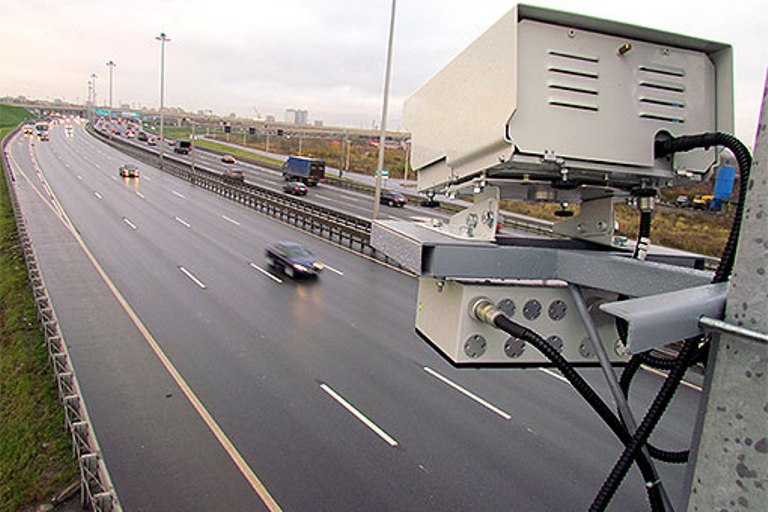Since July 1, 2008, it has become legal in our country to impose penalties for violating traffic rules on the basis of filming of video recording cameras. Every year the number of such devices on the road becomes more and more. As a result, the number of violations is reduced and the budget is replenished.
In this regard, drivers have a large number of questions. What violations do camcorders detect? What is the coverage of this equipment? Is it possible to appeal a recorded violation?

What cameras are installed
The following types of cameras can be used to record the fact of violation by the driver of traffic rules:
- stationary;
- portable;
- mobile.
Each species has its own capabilities. For example, portable are most often used by traffic police. Most of these devices allow you to record only a violation of the speed limit.
In 2018, most of the video recording systems were represented by the following devices:
- "Flow";
- "Arrow";
- "Cordon".
Fixed cameras have more features. Without them, it will not be possible to video fix violations of traffic rules of various kinds.
In addition, the complexes "Auto-Hurricane", "Arena", "Chris S", "Avtodoriya" are allowed, but these options are much less common.
What violations are detected by devices
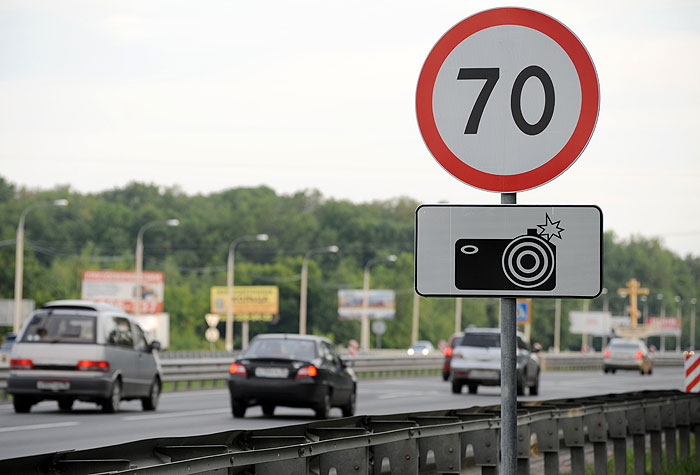
Cameras are constantly being upgraded and reprogrammed, as a result of which their capabilities increase. Drivers often ask the question: what traffic violations do video recording cameras record?
Most devices can detect the following violations:
- seat belt not fastened;
- the vehicle drove into the oncoming lane;
- exit to the strip intended for route transport;
- intersection of the stop line;
- exit to the intersection with the formation of congestion there;
- speeding;
- exit to the sidewalk;
- turn from the second row;
- exit to a prohibited traffic light;
- violation of road markings;
- the dipped headlights are not turned on;
- at the crosswalk, the driver did not miss the pedestrian.
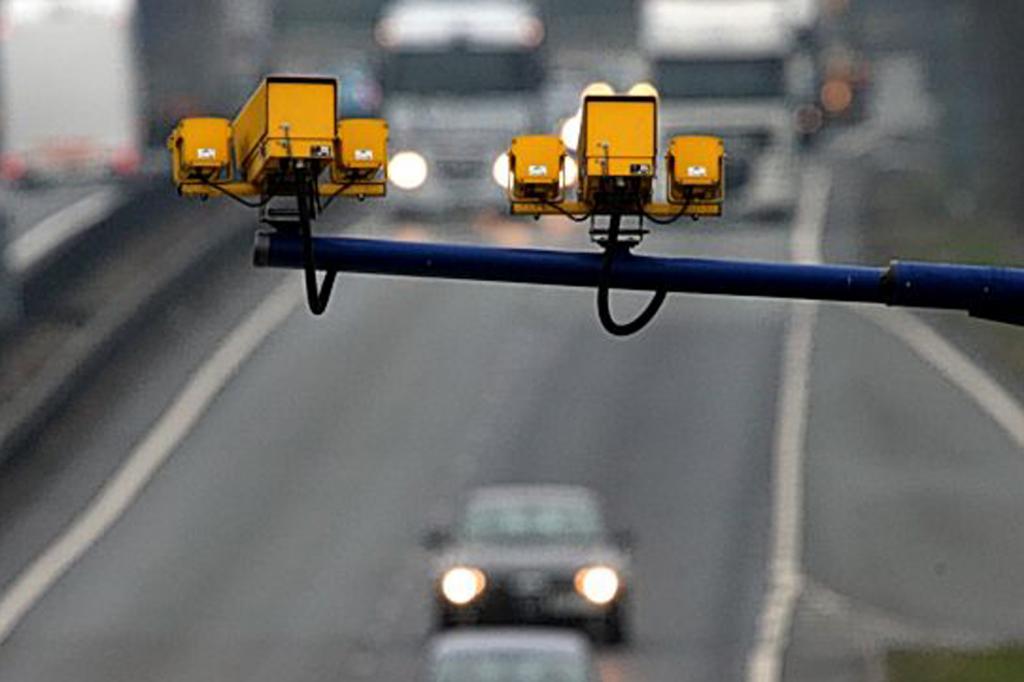
The question arises: video recording of any traffic violations provided by law? In fact, this is not stated in the law. In other words, it is assumed that video cameras can record any violation of the rules. In practice, cameras cannot detect all violations, but devices are constantly being improved and make it possible to increase the list of fixed errors.
Rules for installing stationary devices
Recently, there has been a greater number of controversial situations in connection with the installation of video recording cameras for traffic violations.
The current rules of the road indicate that the installed devices must be accompanied by a corresponding sign - the plate "Photo and video recording". In addition, there is a road marking that alerts the driver about video recording cameras.
If there is no corresponding sign, road marking, and a decision has been received to impose penalties, then you still have to pay for it. The absence of a warning sign does not exempt from the penalty.
It is planned to legislatively introduce the procedure for installing video recording systems for traffic violations with a clear definition of the criteria for the location of devices. In other words, the uncontrolled placement of cameras will be banned in the near future.
Video recording system "Arrow ST"
Today, Strelka ST is the most efficient and equipped complex that allows you to follow the road.Video recording of traffic violations is carried out using 1 or 2 blocks. With the help of devices, the recognition of the license plate number of the vehicle takes place.
How the system works:
- starts tracking an object in a 1 km zone, while keeping 4 lanes under observation;
- if the car travels with speeding, then it is tracked, accompanied by a radar, removed at a distance of 50 m from the camera;
- when using 1 video block, the lane for route transport and the roadside are most often controlled.
Drivers try to trick cameras in different ways. In this case, reducing the speed in front of the device, changing lanes to another lane does not help. The only option is to make the registration number invisible, for example, hide it behind the car in front.
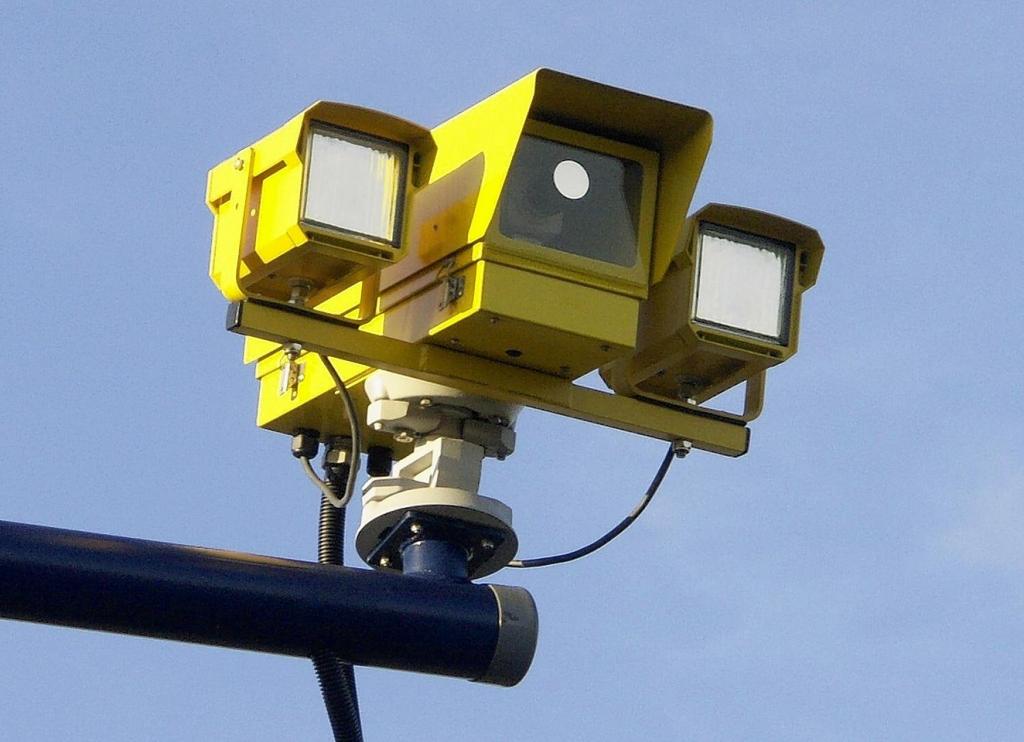
Stream system
The complex is able to work with only one lane. Most often, the system is used to record speed violations. It is noteworthy that the complex is able to carry out a number of other tasks. Reading state numbers, the system checks the owner’s databases for other types of violations. If the vehicle is stolen, then the Stream will fix it. At the same time, operational information arrives at the traffic police post, which is closest.
Video recording of traffic violations of the high-speed mode using the Stream system has its own limitations. She can read numbers on the car if its speed does not exceed 150 km / h.
In 2018, more sophisticated complexes with great capabilities were created on the basis of facilities such as Potok. It is these cameras on the roads of Russia over the past year that the maximum number has appeared.
Cordon system
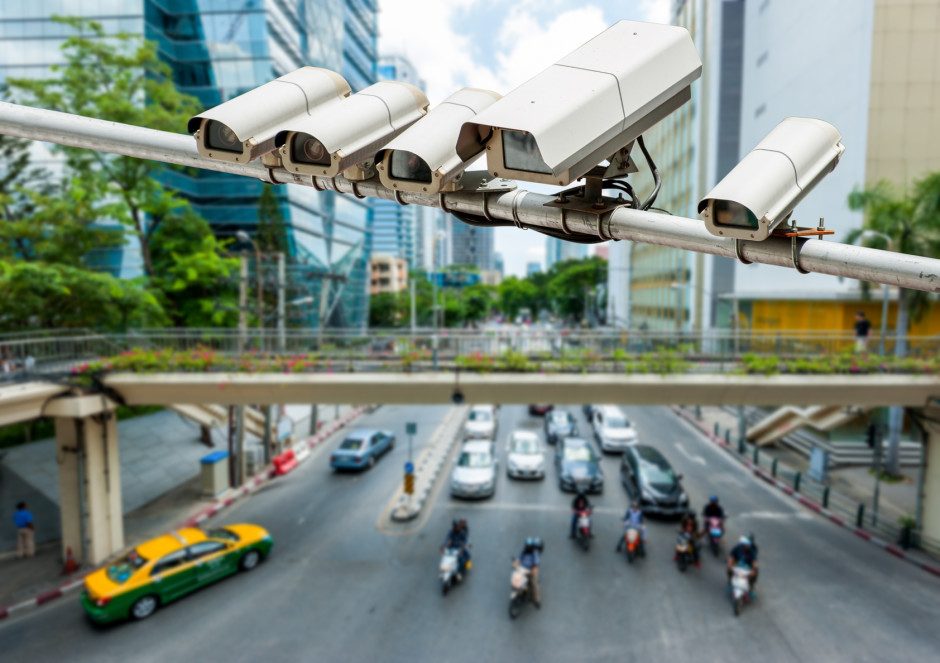
The best place to install the "Cordon" system is any support up to 10 m high. This enables the instruments to express themselves best. “Cordon” has a wide angle of capture, it can simultaneously work in two directions. It is noteworthy that the system is capable of simultaneously driving 30 vehicles in 4 lanes.
What violations are best determined by the Cordon system:
- failure to provide benefits to a person at a pedestrian crossing;
- roadside driving;
- violation of the borders of the islet of security;
- over speed;
- crossing lane oncoming traffic.
The Cordon system is being modernized, so the number of video recording of traffic violations is increasing.
Is it possible to fool video capture cameras
Some Russian drivers are trying to find ways to cheat cameras to avoid penalties. Is it possible to deceive video cameras of traffic violations? The driver should know that tricks can lead to serious punishment. In the best case, the amount of penalties will be 5,000 rubles, in the worst case, they will be deprived of their rights for 1-3 months.
There are about 20 ways to trick a camera. As a result of several experiments, it was revealed that many of them do not save from video recording and fine.
The most common camera cheating options on the road are:
- radar coating;
- special infrared frames;
- gluing leaflets to numbers;
- fixing fake rooms and others.
Paper leaflet manipulations do not save from cameras. Many devices have infrared emitters that easily shine through paper. If you paint one digit, then the data collection system will be able to determine the number during data processing.
Infrared frames, lenses and other devices are effective only for cameras that are located on the side. If the cameras are on top, the car number is clearly visible.
Rules for imposing penalties using automatic fixation devices
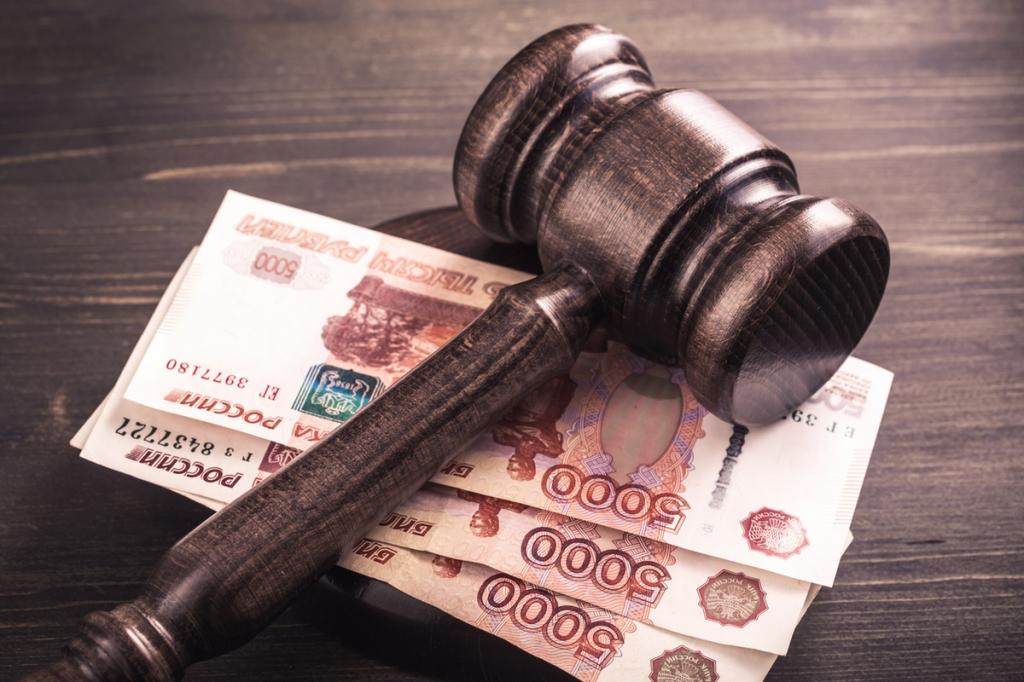
Is there a difference in whether a traffic police officer or an automatic fix camera detected a violation?
There is a difference in punishment for traffic violations, this information will be useful to drivers.
Rules for imposing fines according to automatic video recording:
- no decision is made on the deprivation of rights;
- if for violation of the law they must be deprived of their rights, then a fine of the maximum amount will be imposed;
- in other cases, a minimum penalty will be imposed for the violation.
Video recording of traffic violations, by decision, cannot lead to the deprivation of a driver’s license. When receiving a document on sentencing by mail, you must carefully read the decision.
What to do if the driver received a “letter of happiness”
Many drivers call “letters of happiness” fines received by mail for traffic violations that were recorded by surveillance cameras. The car owner must know what to do in this case.
Tips for the driver who received the "letter of happiness":
- It is worth checking that this message was not sent by scammers. For this, the official traffic police website has the necessary information. You can get the data in the traffic police unit that sent the decision.
- Check to see if your vehicle license plate numbers are correctly identified. If not, then appealing against such a decision is easy.
- Remember if you were driving a car. If not, then the driver who was driving can pay the penalties.
- If there is evidence that the penalty was imposed incorrectly, you can appeal the decision within 10 days.
- If the information is confirmed, then pay. A 50% discount applies if the penalty is paid within 20 days of the violation.
Unfortunately, in practice, such a reason as an improperly installed camera is rarely an excuse to cancel a fine.
Private systems as a way to get a lot of fines
Recently, many problems have been causing drivers of private video cameras to record violations of the rules. Photo, video recording of traffic violations can fix the offense, even if there was actually no speeding. In this case, it is necessary to challenge the decision within 10 days, in the usual manner.
Not all owners of video recording devices treat their duties in good faith, and therefore a large number of controversial situations arise.
Problems in challenging decisions:
- such devices can change their location even every day, so it is very difficult to identify violations in the installation of the camera;
- To date, the law does not fix the methodology for installing cameras at a certain angle, as a result, error rates may increase, which leads to an increase in the number of violations and received money from fines;
- speed limit indicators are entered into the camera software manually, which leads to errors and discrepancy with the speed norms on this section of the road.
In these cases, it is rather difficult to prove your case. If the camera and road signs do not match, you can drive along the section of the road where the photo was taken, paying attention to signs that limit speed. If a discrepancy is found, then the decision must be challenged.
At the legislative level, there is a discussion of the issue of private video recording cameras. Most likely, changes will be made in the near future.
Additional device information
According to statistics for 2018, 65% of all traffic violations were recorded using video surveillance systems.
On the roads, 10 thousand video-recording cameras for traffic violations were installed, of which 6 thousand are stationary, 4 thousand are mobile. At the same time, more modern devices significantly increase the number of fines.
Each year, more than 50 million decisions are made due to the installation of video recording of traffic violations.
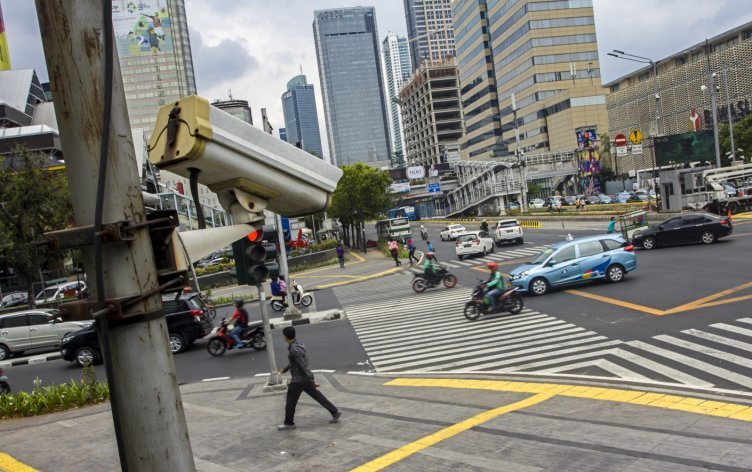
To reduce the accident rate on the roads, video recording cameras are used. Every year their number increases, systems are constantly being improved. It is planned to double the number of cameras on the roads by 2024. Therefore, drivers need to know for which traffic violations may come a fine by mail.
